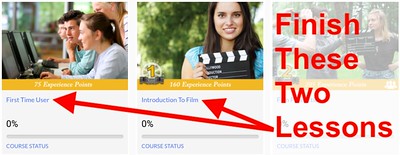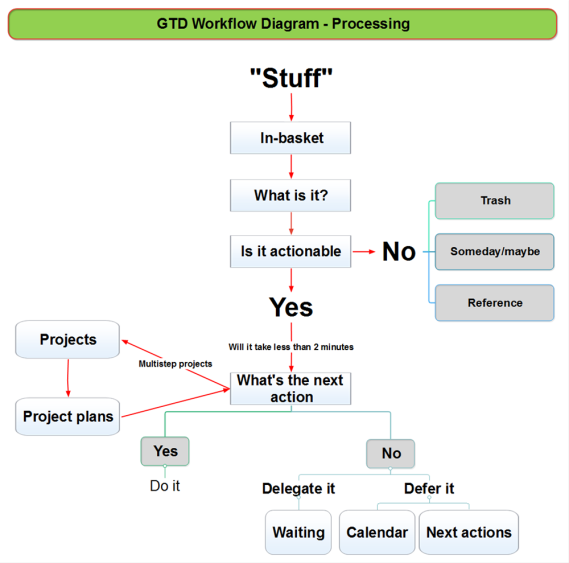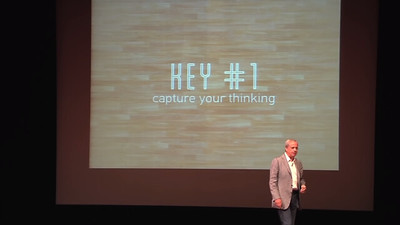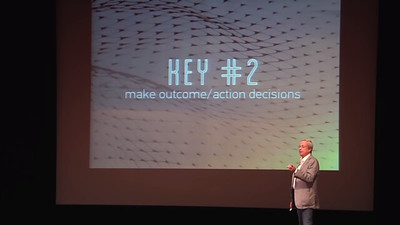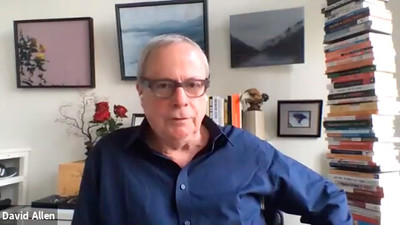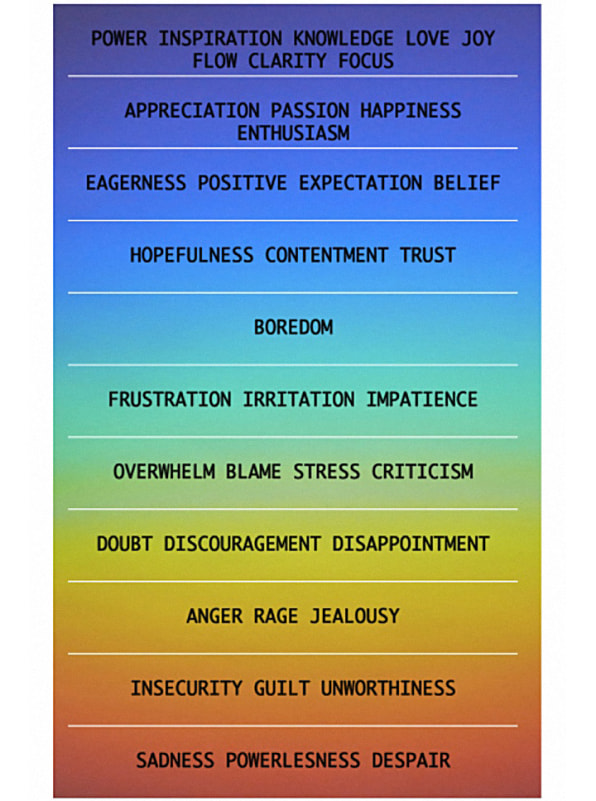Comparative Study Worksheet 2020-21

“Film scripts for sale in Soho! #newyork #newyorkcity #nyc #movies” by Nat Ireland is licensed under CC BY-NC 2.0
Summary
A guide to planning, researching and creating your DP Film Comparative Study
- Follow the directions for each step below
- Include for your work where it is required
Student Work
- To be placed after students create posts
Steps and Tasks
- Brainstorm possible films for the task. You must select TWO films from contrasting cultural contexts.
- Brainstorm and justify at least three different areas of FILM FOCUS for your two chosen films.
- Brainstorm and justify at least two different CULTURAL CONTEXTS for your two chosen films.
- Consolidate your ideas and develop at least three different RESEARCH QUESTION topics for your study.
- Finalize your choices and select your RESEARCH QUESTION. Choose two films for comparison.
- Develop the main arguments you will make about your topic.
- Collect evidence from the films that support your argument.
- Research secondary sources for information that supports your argument.
- Write your Narration and plan the audio-visual components of your video essay.
- Record, assemble, and edit your Comparative Study Video Essay.
- Create a Works Cited document (separately) once your Comparative Study is finished.
Guidance for Your Work
“Simple formative analysis of film elements, no matter how precise or insightful, won’t cut it which is why the research question needs to be crafted in such a way that it provides scope for theoretical and socio-historic exploration. It’s basically an EE in disguise but focusing on two very different textual sources.”
- Thoroughly read the Comparative Study requirements in IB Film Guide PDF (including rubrics)
- Examine the CS Poster 1 (PDF)
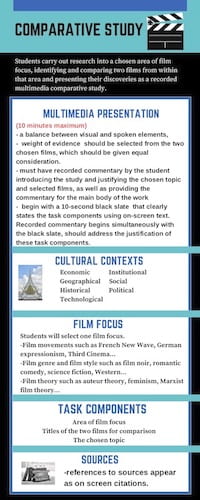
- Examine the CS Poster 2 (PDF)

- Watch Garrett’s CS Example and Read Garrett’s Two Column Script
- Notice the color designating justified film language elements
- Watch another example about South Korean New Wave
Comparative Study Task Components
For this assessment task, each student identifies, selects, and researches each of the following task components.
- TASK 1: One area of film focus.
- TASK 2: Two films for comparison from within the chosen area of film focus, one of which originates from a contrasting time (historical) or space (geographical) to the personal context of the student, and the other film identified for comparison must arise from a contrasting cultural context to the first film. Students are required to select films they have not previously studied in depth. The selected films cannot come from the prescribed list of film texts provided for the textual analysis assessment task and, once selected, the films cannot be used by the student in any other assessment task for the DP film course or the extended essay.
- TASK 3: A clearly defined topic for a recorded multimedia comparative study, which links both the selected films and the identified area of film focus. Each student should invest time in researching, developing, and honing their topic (which in most cases is likely to be expressed in the form of a research question) to ensure it is clear, focused and concise, in order to provide them with the maximum potential for success in this task. The topic should seek to enrich the student’s understanding of the chosen area of film focus and should avoid a plot-driven approach to the comparison.
The assessment criteria for this task requires students to provide a strong justification for the choice of task components as part of the recorded multimedia comparative study. This includes the student’s justification for how films arise from contrasting cultural contexts.
1. FILM Choices List
| Which films are you considering for your final Comparative Study? List as many as you wish below as part of an initial brainstorm. Remember that you must select TWO films from contrasting cultural contexts for this task.e.g. CITIZEN KANE | Year, Country, and Director of the film.e.g. 1941, USA, Dir: Orson Welles |
| Joker | 2019, USA Dir: Todd Phillips |
| Taxi Driver | 1976, USA Dir: Martin Scorcese |
| Uncut Gems | 2019, USA Dir: Josh Safdie, Benny Safdie |
2. Areas of FILM FOCUS
- Research Film Movements
- Research Film Genres
- Research Film Style (difference between genre and film style defined)
- Research Film Theory
| Film Focus Possibility – identify the broad focus area and then add specifics (e.g. “THEORY – Auteur theory” or “GENRE – Horror”). Develop at least THREE options…you can create more by adding more rows. | Justification for this Film Focus. Be as specific as possible. |
| Character Study | All the possible film choices focus around the mental state of one character |
| Crime | Each film has an element of crime as part of the central plot. Specifically murder. |
| Drama | Each of the films are story driven, not relying on flashy visuals or constant action. |
3. Chosen CULTURAL CONTEXT
For this assessment task, “cultural context” involves consideration of some of the following factors, some of which may be blended (such as socioeconomic factors).
- Economic, Geographical, Historical, Institutional, Political, Social, Technological
| Identify at least TWO Cultural Context possibilities for your chosen films. |
Justification for this Cultural Context. Be as specific as possible. |
| Political | Between these films (Particularly Joker and Taxi Driver) they portray politicians and politics in different lights. |
| Social | The seventies had a much different Social structure than 2019 did. There was less understanding of Mental health for example. |
4. RESEARCH QUESTION Possibilities
Consolidate your thoughts above and develop at least THREE different research question possibilities. More are possible by adding additional rows to the table below. FYI these will be shared with the full class for discussion of strengths and weaknesses.
| Your Chosen Area of Film Focus | Topic for Comparative Study (written as a research question) |
| Character Study | How has the portrayal of mental health changed since the 1970s? |
| Crime | How have crime films featuring anti-heroes changed since the 1970s? |
| Drama | How have Drama films evolved from the 1970s? |
5. Final Decisions
Using your topic options in the table above, select ONE to be your final topic for this Comparative Study task. NOTE: There are examples from the IB of what this should look like below this table.
| Your Chosen Area of Film Focus | Film 1 | Film 2 | Contrasting Cultural Context | Topic for Comparative Study practice task (written as a research question) |
| Character Studies | Joker | Taxi Driver | Social Differences | How has the portrayal of mental Health changed since the 1970s? |
6. Developing Your Topic
| Develop 3-5 main arguments that can be made about your topic based on your research question and chosen film focus. | Brainstorm how you could support these arguments within your video essay. |
| The portrayal of Mental Health is more accurately portrayed today | Joquin Phenox based his performance on an actual condition |
| The causes for this decline in mental health are better understood now | Taxi driver cites the Vietnam war, while Joker cites Abuse from his parents |
7. Selecting Supporting Evidence (Primary)
00:21:12
| Identify at least 15 scenes from your chosen films that will help support the arguments you have outlined above. Screen clip a frame from each scene below. | Write notes about how this scene helps support your argument. (These notes will help form your voice-over narration.) |
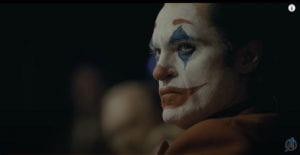 |
This is the turning point for Arthur when he makes his final decision to Kill Murray rather than himself. More selfish |
 |
This is the scene where Travis goes to save the young girl instead of assassinating the mayoral candidate. Less selfish |
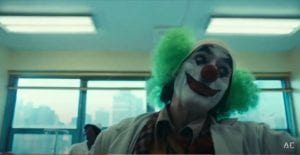 |
This scene is when Arthur brings a gun into the children’s hospital. He is also fired, because of this and hits his head in a phone booth |
 |
This scene describes the medical condition that Arthur has |
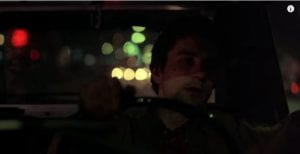 |
This scene is when Travis describes his disgust with the “scum” of the city and how he wants to cleanse it. |
 |
This scene shows the problems that Travis has after blowing his chance and being rejected by the girl he’s obsessed with |
 |
This scene is when Travis is practicing his quickdraw in the mirror. It is the start of his violent tendencies |
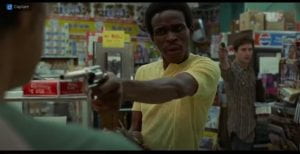 |
This is the first of Travis’s efforts to in his mind “Clean up the streets” |
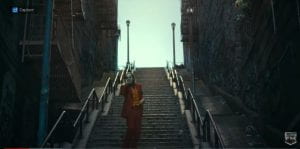 |
The stair dance scene is Arthur’s high point in the film before he goes onto the show. It shows his feeling of being free |
 |
This is when Arthur is at his breaking point and he kills the three men on the subway. |
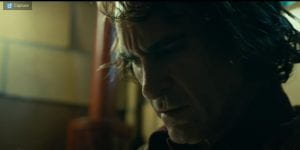 |
This scene is when Arthur discovers his mother’s abuse of him and why he has his condition. |
 |
The scene where Arthur kills his mom shows helps to show his mental decline, not to mention his words about not having been happy in his life |
 |
This scene shows Travis’s failed assassination attempt and his change of heart. |
 |
This scene shows the beginning of Travis’s obsession over Betsy |
 |
This scene shows some of Travis’s mental decline as he is willing to fight Betsy’s co-worker just to talk to her |
*Add more rows as needed.
8. Selecting Supporting Evidence (Secondary)
| Identify at least 3-5 secondary sources (articles, books, websites, video essays, etc.) which provide information that help support your arguments being made. In this column include the specific source citations. | Summarize the detailed information from the secondary source that you can use in this column. (You can copy+paste if they are from online sources.) |
| Joker (2019) Psychology Analysis
https://www.youtube.com/watch?v=66vtGedN4F8 |
|
| Taxi Driver – Breaking Down Bickle
https://www.youtube.com/watch?v=VBEa_roMi7s |
|
| https://www.youtube.com/watch?v=a6NylCTFrp4&feature=youtu.be |
|
*Add more rows as needed.
9. Writing Your Narration
Using the information, scene choices, and external sources you have compiled in parts 6-8, you will now write your voiceover narration and match it up to your chosen visual examples.
For the final Comparative Study, your narration should be no longer than 10 minutes in length.
Assemble in Two-Column AV Formatt in Celtx (Tutorial) or use Google Docs
Remember that you need to:
- COMPARE and CONTRAST your two chosen film using the arguments and evidence you identified in parts 6-8
- Begin your narration with a detailed justification for the chosen cultural contrast
- Use an equal balance of the two selected films.
- Write in a third-person voice to construct your argument (similar in tone to your Extended Essay and other
comparative analytical work you have written in Film class). - Identify where any WRITTEN TEXT will appear on the screen and highlight this (to reference during the
creation/editing stage)
| Voiceover Narration Ideas | Which visual evidence/scenes line up to this part of the narration? |
10. Assembling the Comparative Study
Now you will collect all media resources needed for the task and construct your video essay.
REQUIRED STEPS
- Import the digital copy of your chosen films into editing software
- Identify and extract chosen scenes and clips
- Place and edit clips into a rough timeline for your video essay
- Record audio narration (both partners should participate in narrating this practice task)
into an audio file using recording equipment (Zoom recorders, iPhone, DSLR Rode video
mic, etc.) - Import your recorded narration audio file into your project timeline
- Assemble, edit and fine-tune clips and narration until your video essay takes shape
- Create and add any required textual information in the timeline (including black slate at the start)
- Audio mixing of narration and movie clips (adjust levels so that narration and movie sounds complement each other)
- Export the final video essay movie file
- Upload Unlisted draft to YouTube for peer review
- Create Works Cited list separately (Google Doc)
*NOTE: Separate tutorial and tips sessions will be held throughout this process to provide guidance on recording your voice-over narration and mixing the audio levels successfully.
Examples of Possible Task Components (from the IB)
| Area of film focus | Film 1 | Film 2 | Possible topic for comparative study |
| Film movement: German Expressionism | The Cabinet of Dr. Caligari (1920) | Edward Scissorhands (1990) | How and with what effect are specific film elements of German expressionism used within a chosen contemporary film? |
| Film movement: French New Wave | Breathless (1960) | Badlands (1973) | The influence of the French New Wave on New Hollywood’s use of innovative film elements in its representation of youth and violence. |
| Film genre and film style: Black comedy | No. 3 (1997) | The Big Lebowski (1998) | To what extent do “black comedy” films differ according to cultural context? |
| Film theory: Soviet Montage | Battleship Potemkin (1925) | Koyaanisqatsi (1982) | To what extent are specific features of Soviet montage theory faithfully employed in a contemporary experimental film? |
External Assessment Criteria SL and HL
Peer Review Checklist
| TASK COMPONENTS (ACTION) | Notes / Suggestions | |
| __ | Assemble Findings | |
| __ | Develop a personal and critically reflective perspective | |
| __ | Identify and gather appropriate audio-visual material to support the study | |
| SCREENPLAY | ||
| __ | Justify the chosen topic and selected films | |
| __ | Make sure that the text is in a formal academic register (can be in the 1st person) | |
| __ | Balance between visual and spoken elements | |
| __ | Make clear reference to your sources as on-screen citations (text on-screen) | |
| __ | Make sure primary weight of evidence for the study from the two chosen films | |
| __ | Make sure each film is given equal consideration | |
| __ | Make sure film language information is communicated clearly throughout (avoid “to be” verbs – make statements like “blah is this.”) | |
| __ | Make sure information is communicated logically rooted in film language | |
| __ | Have another student highlight the WHAT WHY HOW in your draft screenplay | |
| VIDEO ESSAY | ||
| __ | Recorded voice and edited commentary numerous times until happy with the material | |
| __ | Make sure your name and the school’s name ARE NOT IN THE ESSAY | |
| __ | Make sure to have 10 second title card with: 1. Area of film focus, 2. Titles of the two films for comparison, and 3. The chosen topic | |
| __ | Include breaks in your recorded commentary to enable other audio-visual material included in the study to be clearly heard (if needed) | |
| __ | Make sure film clip length matches points being made | |
| __ | Make sure still images have citations on-screen, if you have them | |
| __ | Make sure text on screen is legible and spelled correctly | |
| __ | Make sure information is communicated audibly (levels are good for all sound) | |
| __ | Make sure information is communicated visually appropriate manner | |
| __ | Make sure background music is from Creative Commons and is cited | |
| __ | Make sure edits are clean | |
| __ | Make sure presentation is 10 minutes maximum, including title card and credits | |
| __ | Make sure two films are listed in sources | |

